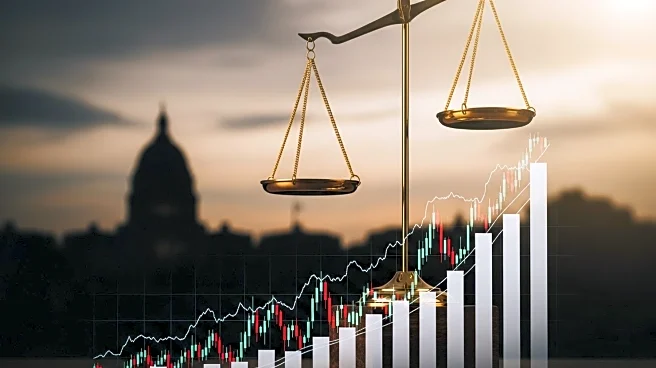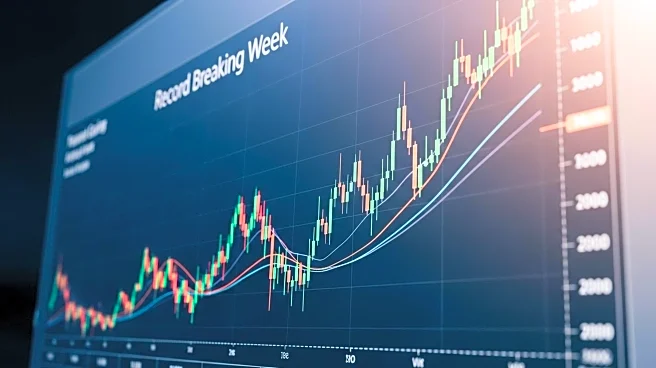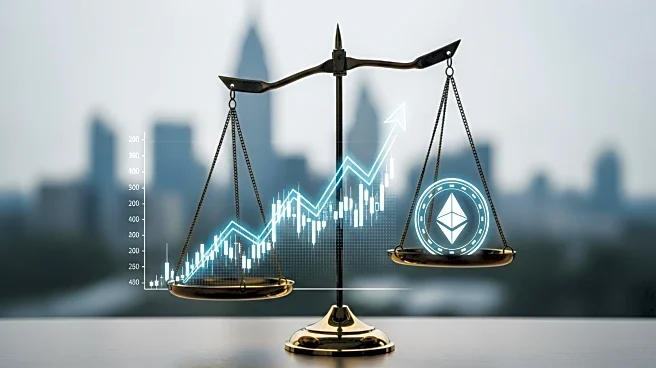What's Happening?
The U.S. stock market experienced a period of high-altitude turbulence, as described by CNBC's Senior Markets Commentator, Mike Santoli. Despite a modest decline in the S&P 500, the market has shown signs of potential instability due to unusually low correlations among stocks and sectors, and extreme single-stock volatility. Speculative groups, including those linked to quantum computing and crypto, have seen significant fluctuations. The market's recent smooth ascent has made this turbulence feel more pronounced to traders.
Why It's Important?
This market turbulence highlights the fragility of current economic conditions, where speculative investments can lead to broader market instability. Investors and financial institutions may face increased risks, particularly those heavily invested in volatile sectors. The situation underscores the importance of diversification and risk management in investment strategies. A potential market correction could impact consumer confidence and spending, influencing broader economic growth.
What's Next?
Market participants will be closely monitoring upcoming economic data and corporate earnings reports to gauge the market's direction. Analysts suggest that a modest market correction could occur, resetting indices to previous breakout levels. Investors may adjust their portfolios to mitigate risks associated with speculative investments. The Federal Reserve's monetary policy decisions will also be pivotal in shaping market expectations and stability.
Beyond the Headlines
The current market conditions raise questions about the sustainability of speculative investments and the role of technology-driven sectors in economic growth. Ethical considerations regarding market manipulation and the impact of high-frequency trading on market stability may also come to the forefront. Long-term, these developments could influence regulatory approaches to market oversight.










